If AI is the brain, robotics are the body — representing the execution layer and bringing intelligence into motion with precision, adaptability, and real-world impact. As generative models grow more capable and hardware becomes cheaper and more versatile, we’re entering the era of physical AI, where machines don’t just think — they see, move, and act in real time.
As adoption rapidly accelerates and robotics reach an inflection point, costs continue to fall while performance capabilities strengthen dramatically. This new generation of intelligent systems narrows the gap between digital intelligence and physical labor, impacting how work is organized, how industries scale, and where human effort delivers the greatest value. From logistics to manufacturing, physical AI is set to reshape workflows and operational models across nearly every sector.
Forces Behind the Rise in Robotics
Industrial robotics have crossed a critical threshold, demonstrating clear value across factories, warehouses, and laboratories. A perfect storm of economic forces is accelerating adoption: 1) rising U.S. labor costs; 2) surging demand for automation in precision manufacturing; and 3) declining costs for robotic setups.
This convergence arrives as U.S. reshoring efforts collide with acute worker shortages. Manufacturers are deploying hybrid models that amplify human capabilities through robotic collaboration, realizing operational gains and enabling workers to focus on more strategic roles.
Manufacturing Wages vs. Average Cost of Industrial Robots1
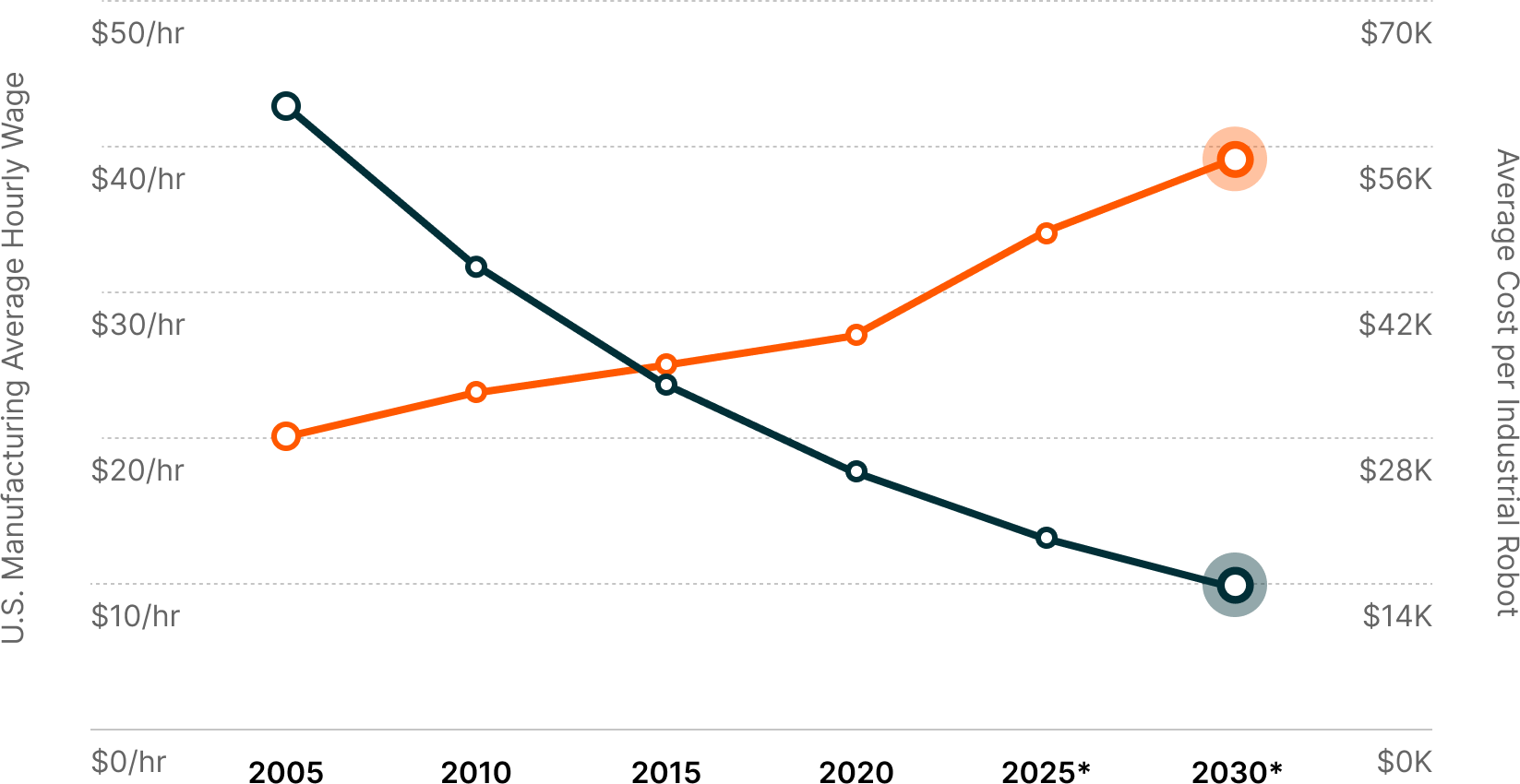
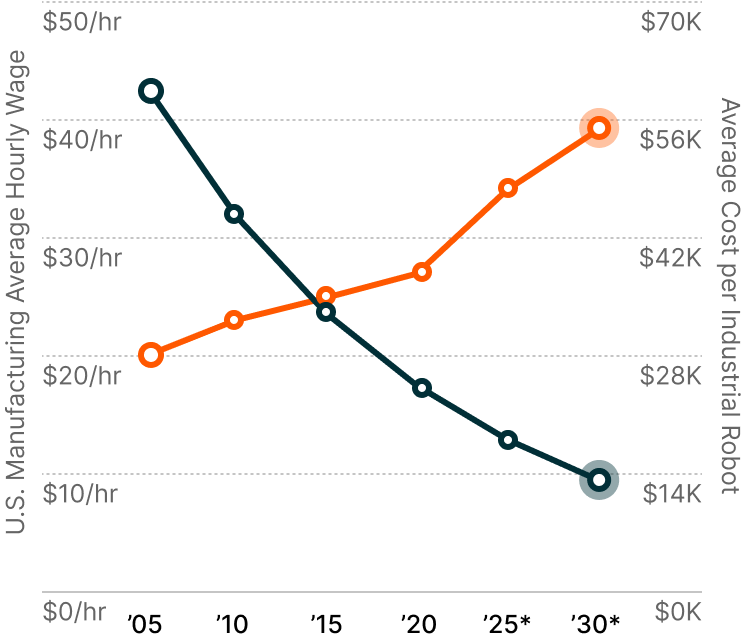








Self-Driving Vehicles Lead the Physical AI Revolution
The transportation sector represents the most visible application of physical AI, with autonomous vehicles now widely deployed nationwide and robotaxis launching through phased, geofenced deployments in major U.S. cities. Waymo completed 4 million paid rides in 2024 — a sevenfold increase from 2023.2
Beyond providing convenience and increased driver safety, self-driving vehicles could have a profound impact, with the potential to boost global GDP and serve as a template for physical AI to scale across other industries. These deployments are critical testing grounds for AI decision-making that will help define the physical AI revolution.
Monthly Waymo Driverless Rides in California3
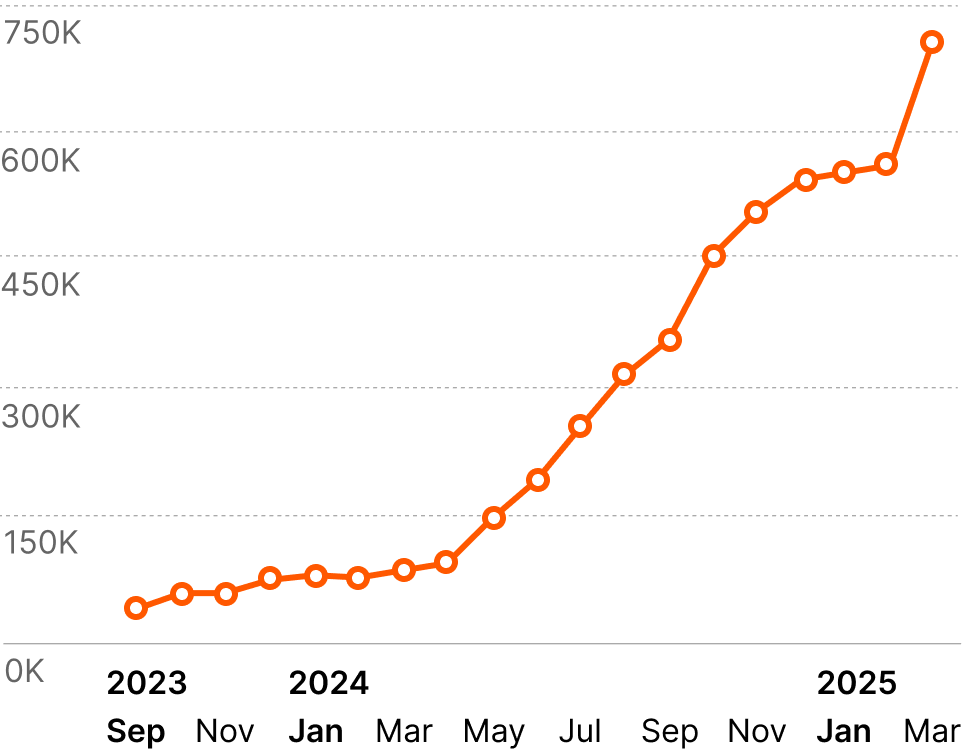

Cities Where Self-Driving Taxis Are Operational4



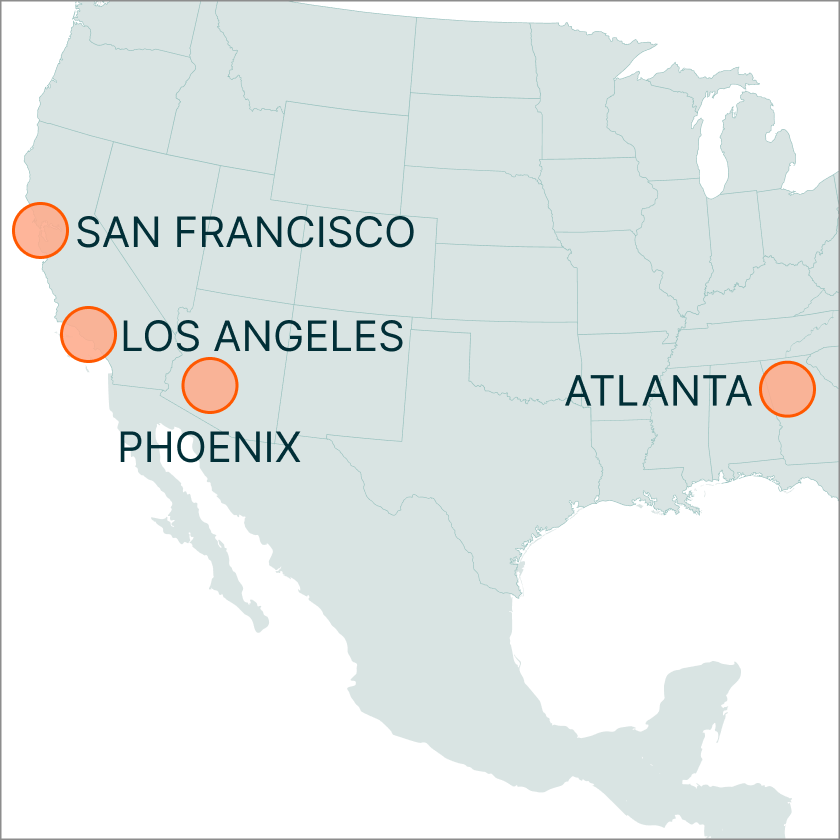



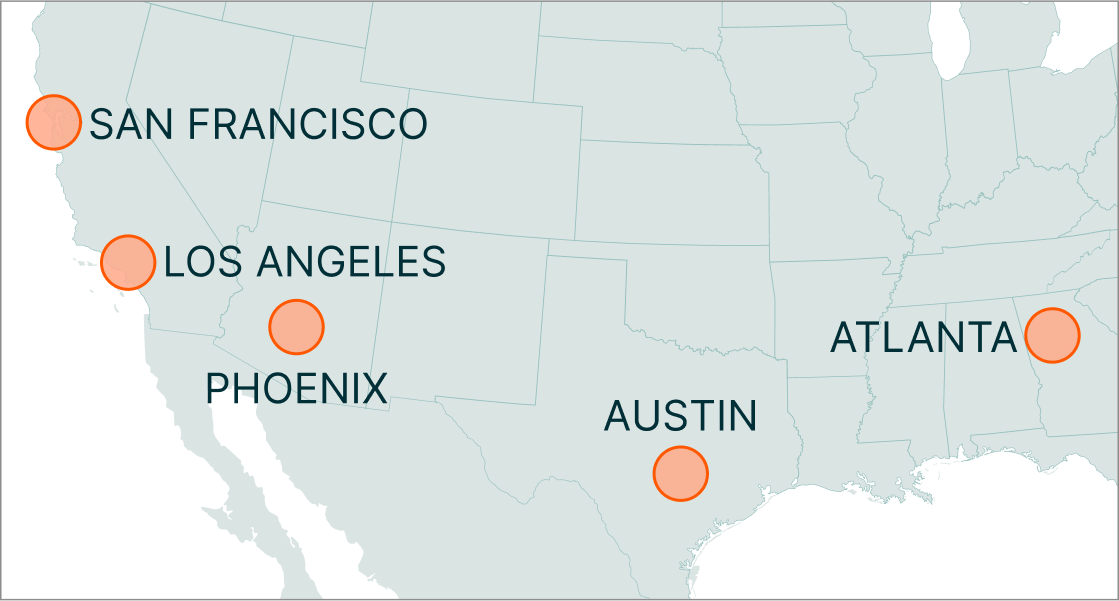
The Trillion-Dollar Humanoid Robot Opportunity
General-purpose humanoid robots — machines that perform complex tasks across multiple environments — represent the culmination of physical AI. Though still in development, rapid progress driven by AI brings industry leaders closer to mass production.
The global humanoids market could reach $4.85 trillion by 2035, with nearly 100 million units potentially sold.5 The trajectory of humanoid adoption could mirror early automobile sales, with increasing ownership rates making household and commercial humanoids commonplace.
2035 Global Humanoids Total Addressable Market6
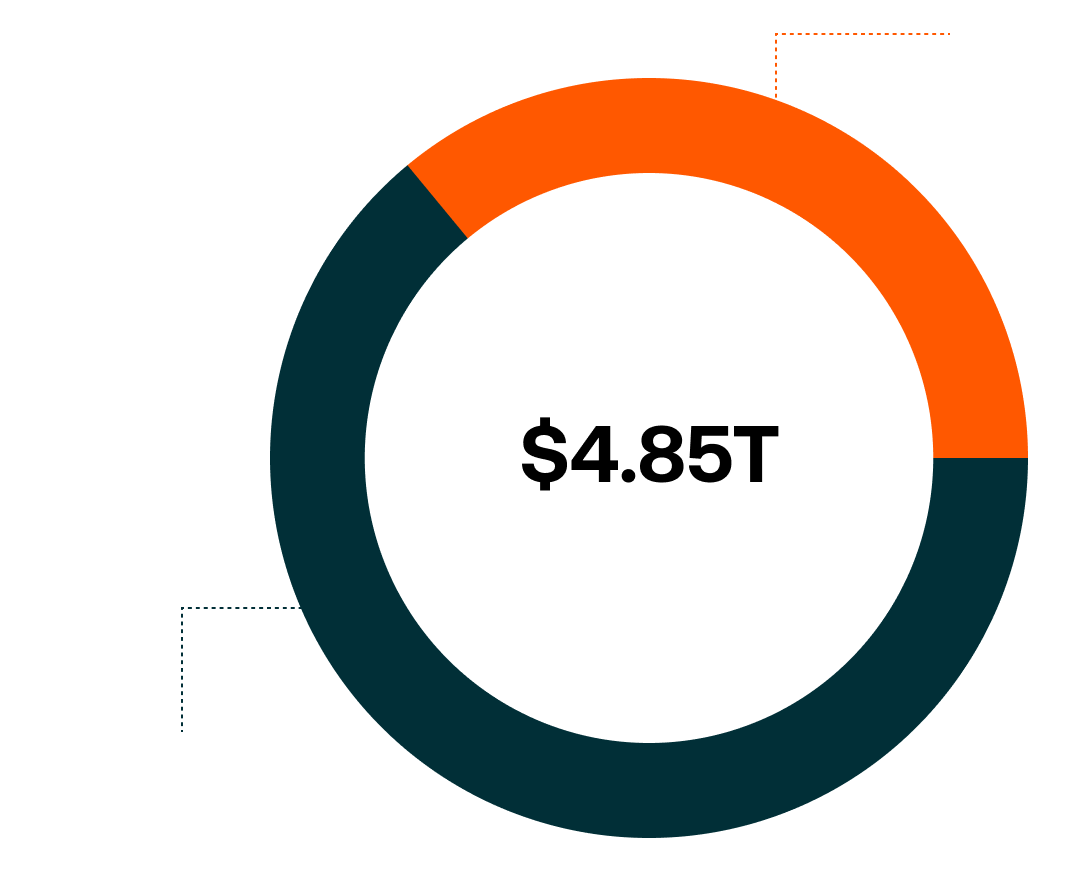





Tech Advancements Fueling Opportunities for Humanoid Market7


EXPERT TAKEAWAY
“Robotics — often seen as the physical application of AI — is at an inflection point. With hardware costs falling and AI models becoming more powerful, robotics are closing the gap between digital intelligence and physical work, reshaping how work gets done, how industries scale, and how we achieve productivity.”
CASE STUDY
Symbotic
Robotic warehouse systems powered by AI provide Walmart and others with automation capabilities to match the increased pace of the digital economy.
Robotic warehouse systems powered by AI provide Walmart and others with automation capabilities to match the increased pace of the digital economy.






